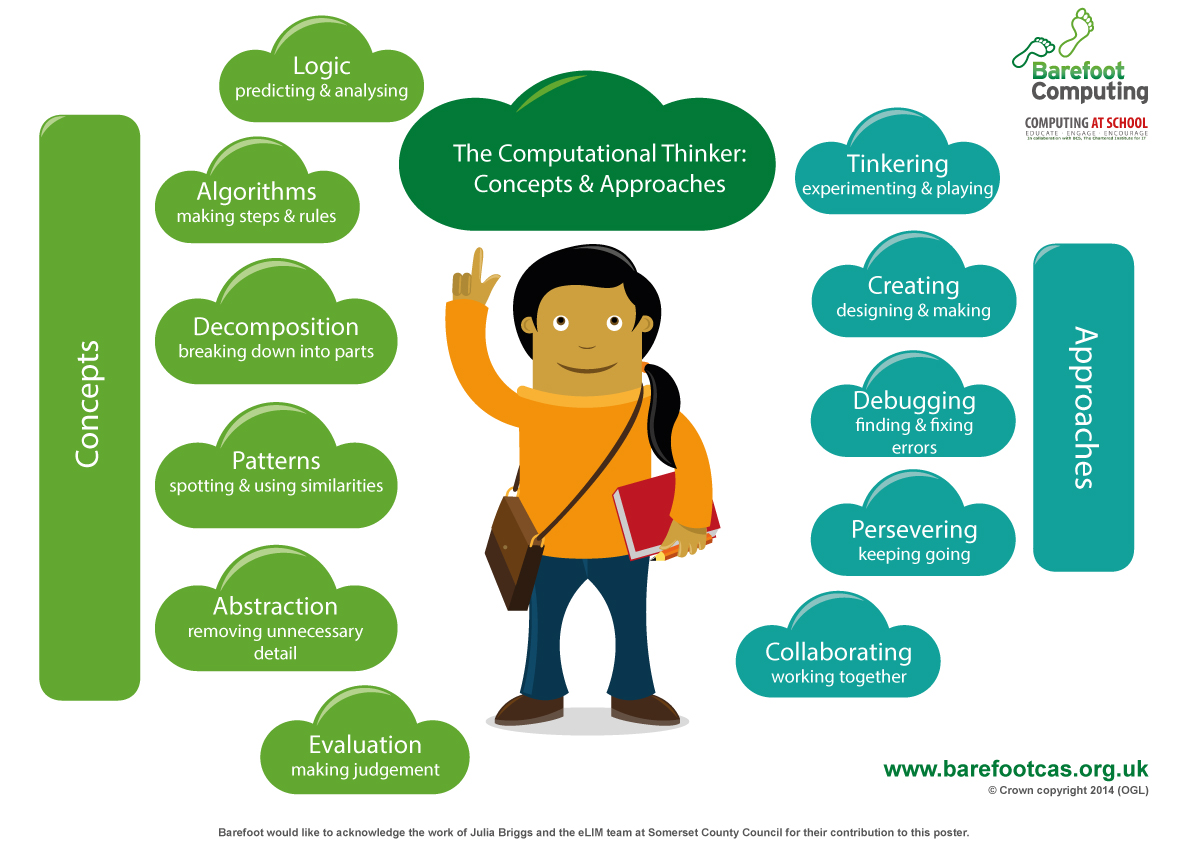Computational thinking and technology
Feb 05, 2017
If students are to see the impact of technology, their portfolio of technology skills matters. Students need to develop these skills, ensuring that they are proficient at finding information and judging its reliability; becoming better at communicating and collaborating (safely and securely) via the internet; and learning to create quality content across a full spectrum of media. Those at school now may never remember a time without computers and access to the web, but none were born knowing how to use these things – these skills have to be acquired.
However, we should do more than simply teach a portfolio of skills. Using technology well is much more about thinking about problems and technology the right way.
Effective use of technology demands a certain, logical way of reasoning: of being able to predict what will happen, and of being able to figure out why something doesn’t work. Logical reasoning also matters when evaluating content: looking for the flaw in the argument or where evidence is dubious or lacking is an essential component of critical digital literacy.
Planning how to get something done matters: both at the micro level of the sequences of steps to make an application do what you want, and at the macro level of managing projects. We want students to look for faster, simpler, more elegant solutions to the same problem, avoiding unnecessary repetition or using automation to speed up common tasks.
Project management skills are vital for being able to use technology well. Being able to break complex problems down into smaller parts is essential, as is managing progress across those parts. Communication technology has enabled collaboration in ways which were impossible with traditional classroom-based projects; students should have the experience and skills necessary to make the most of these opportunities.
Stepping back from the current problem to look at a larger class of similar problems is a powerful approach, as is looking at how others solved similar problems. Whilst review, remix and re-use is discouraged in course work for public exams, it’s common practice in real world problem solving.
The data, media and processing power available to students today means they need tools and techniques for managing complexity, of looking at the right level of detail to get the job done, but knowing how to zoom in to a finer grain and to zoom out to the big picture.
Finally, students need to look back on what they’ve done, to take a critical perspective on their work, to consider whether they have achieved what they set out to, and to see how their solution might be improved. They should reflect on how they’ve learnt as well as what they’ve learnt.

This sort of thinking that comes before technology use: logic, algorithms, decomposition, generalisation, abstraction and evaluation, is what is called ‘computational thinking’. It’s the golden thread that runs through England’s computing curriculum, and, as it becomes better embedded in our teaching, it should help to ensure that technology really does improve learning outcomes.
(Originally published on OUP’s Oxford Education Blog)
Share